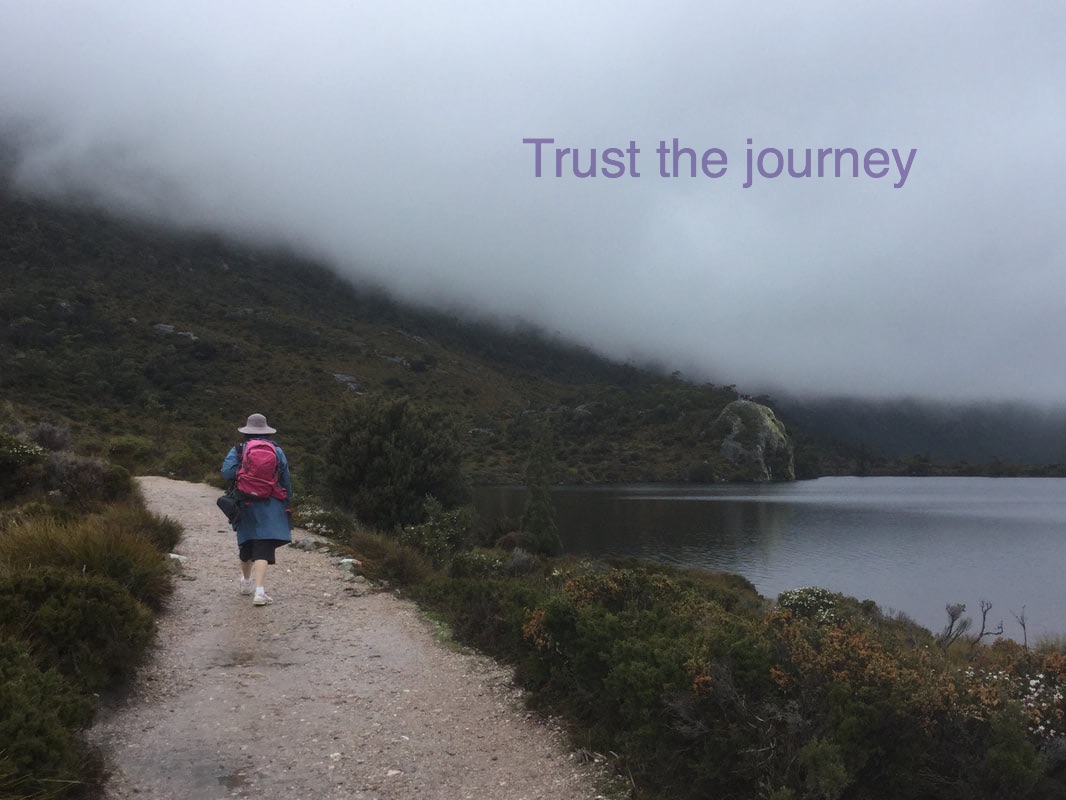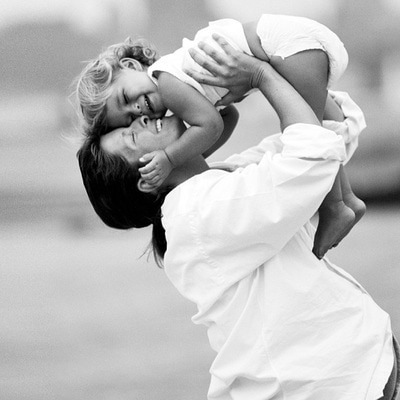|
Does the thought of Christmas make you break out in a sweat? Does the sight of mince pies and Advent calendars in the shops start your mind racing even when Christmas is over two months away? It’s hard trying to juggle work, being a mum, and Christmas preparations and Christmas overwhelm and anxiety is real. But, there are three things that you can do to create an awesome Christmas and reduce your stress:
0 Comments
Have you been told you "really should" walk, but you can't seem to make it happen?
What stops you from walking? It's normal to feel hesitant or unsure about starting something new. In this article I share strategies to help you get out the door and what to do when you're feeling uncomfortable or feeling anxious about what lies beyond your front door.. Learning how to pay attention to your thoughts, feelings and experiences in a mindful non judgemental way, may be the key to all the changes you wish to make.
How do you move from overwhelm to calm? It can feel so daunting. All the steps, the time and energy involved. It's all just too much. Yes, there are many steps. Yes, any change requires time and energy, discipline and commitment. And yes, the thought of all these things is often enough to stop you from doing anything. But, what if you were to focus on mastering just one skill? Whether you want to reduce overwhelm, increase your health, increase calm, improve your confidence, deepen connections, or create more sustainable work habits, it all starts with this one thing. On Saturday afternoon I sat down to watch the North Melbourne versus Brisbane Lions AFL game. As I like to do I wanted to follow SuperCoach* scores on a particular website.
SuperCoach* is a competition where you are given $10,000,000 at the start of the AFL season and choose a team of players who you think are going to play well. Each player is allocated a price, so picking your team is about choosing a balance of great players, good players and the unknown. You are allocated into a league where you compete against others on a head to head basis to win (based on how well your players score). I like playing it during the season, riding the ups and downs and generally berating myself for making poor choices. It’s a constant exercise in frustration tolerance and self-forgiveness. Back to Saturday afternoon. Whilst the game was on I was keeping an eye on how my SuperCoach team was going. The website I was following was being very glitchy, and I was becoming quite frustrated as the scores on the website for the players were not matching. I also could see that some of the players in the team were not showing up on the website, despite numerous attempts at reloading the website. Despite this it was a great game. Toward the end of the game (about two hours later) my son came in from his man cave. He sat down, looked at the game, looked at me and said Mum, you realise this game is a replay. He then pointed out how some of the players were now playing for other teams, one was suspended and not playing in the real life game that I was actually not watching. The penny dropped. It wasn’t the website that was wrong. It was all me. I had been lulled into the fact that it should have been a live game, because the replay had the live label up in the corner. They were the right teams playing, it’s just the game was about three years old. Takeaways? I was not mindfully watching. I was watching for interest in the game, but they are not teams I usually follow. Now admittedly I was also reading and doing a couple of other things at the same time as watching the football, but how did I get it so wrong? Bias, perspective. I saw what I thought I was seeing. I looked at the live label, looked at the teams that were playing and thought I ‘should’ be watching the game. I am currently watching games on the Kayo App which for various reasons I found sometimes difficult to navigate, and thought I had pressed on the button for the current game. So, in my mind I was watching the right game, and everything else went through that lens. The fact that the website figures didn’t match the game, the fact that the website didn’t have all my players on it (because they weren’t actually playing!). This evidence was dismissed because it didn’t match my currently held belief – that I was watching a live game. If I had tuned my attention fully I would have realised what was going on. If I had actually tuned into my common sense I would have realised what was going on. If my mind had been clearer and not full of everything else I was thinking of. Because I rarely sit for two hours and watch a game of football – it is interspersed with other tasks. When it was pointed out to me, it was so obvious. Duh! Isn’t this the way with so much. You see what you expect to see, what you want to see and dismiss evidence to the contrary. In fact you gather evidence (consciously and subconsciously) to support your own belief. This is also known as confirmation bias. In my case, it was that the website had been glitchy and couldn’t be trusted. The power of the mind to convince us of things that just aren’t true! Ok, don’t leave me hanging here. I know I’m not the only one that does things like this. We all do it. When was the last time you fiercely gathered evidence to prove you were right, when you were actually wrong? What to do about it? Situations like this are a great reminder of the importance of living mindfully. To be aware of incongruences and to take the time to explore. They are also a reminder that perhaps it’s time to focus cognitive self-care and nourish your brain. Slowing down a little, taking the time to actively look for a different perspective, realising when your brain is stuck, allowing that other possibilities exist, are all important for your brain health. (If I'd taken the time to go through some basic problem solving steps, I’m sure the brainstorming part would have thrown up the option that I was watching the wrong game.) As is realising your humanity and be able to laugh at the silly things you do from time to time. I had a great laugh at my own expense as I realised what I had done, rather than add to any stress by beating myself up for being so stupid. Ways to Love your Mind You can tune in this week to the Creating Connection podcast where I will be talking about Loving your Mind, and in particular problem solving. But in the meantime you can catch up with my most popular episode this year – 9 keys to successful habit creation. Until next time, take care of yourself. Kim xx I really believe in self-care, but find I can get to the end of the day and realise I actually haven't done it. Running a small business and medium sized family looking after myself is really important, or I will get burnt out. So, I thought this week I would schedule it in. I sat down at the beginning of the week and thought Wednesday morning and Friday afternoon, they look like good times to have a few hours break to myself. Monday and Tuesday I will work on my business doing admin, marketing, exploring possible new sub contractors etc. Wednesday afternoon I have private clients, Thursday I need to work on assessments and client notes/plan, Friday assessment to do. So welcome to Wednesday morning. My youngest has had ongoing minor medical health issues. These popped up again on Tuesday, so first priority this morning was to make an appointment for him and take him. Then my middle child informs me that they, and a number of other students, were excluded from important career sessions at school and they have not been informed of when they will be allowed to catch up. So, parenting task no.2. . Rang middle child's school. The person in charge of careers said they had nothing to do with the careers assessment and gave me a contact name. The person was unavailable. All possible avenues to speak to at the school were unavailable. At this point I have left phone messages with two different people and am waiting for a phone call.
When I dropped my youngest child back at school after their medical appointment I popped in to see the Special Needs Co-ordinator about some of the clients I have at school. Had a quick chat and picked up some paperwork that required action. Okay, so I’m home now, just a couple of admin tasks to do before I could have a work free morning, or an hour or two. Came home and called the parent of the child whose paperwork it was. Received permission to forward paperwork to another professional. Went to scan paperwork that I had picked up, and discovered the scanner on my printer wouldn’t work. I have never used it before. Looked up and tried to follow instructions on website, didn’t work. Contacted HP support. They explored and told me the driver hadn’t been installed properly in the first place. The support person was helpful, and proceeded to fix the problem, but there went more of the morning. When call had finished, scanned documents, sent email. I quickly checked emails and had responded to latest email from potential sub-contractor. Organised information that needed to be dropped off to another allied health professional. By then it was lunch time…… I am currently writing this whilst listening to a work related youtube video, as my first client for this afternoon cancelled. I have ten minutes before I need to go to work. I’ll try again Friday….. ps all was not lost. Wherever I am I can practice informal mindfulness. For example, when waiting in the medical appointment I practiced mindfulness in the chair. Grab it when you can.... Family connectedness starts with you. You can be the calm one in the house.
Stop wishing for the perfect life, the perfect children, and perfect home. If you find your inner voice saying things that include words like 'should' and 'it's not fair', 'if only' this is an indication that you are experiencing distorted thinking. Distorted thinking is one of the underlying causes of depression. If you are having these types of thoughts, chances are you are not feeling very happy. If you are not feeling happy and positive, it is unlikely your family is happy either. Start with where you are. One way to move forward is to practice ABOLD approach. A: Awareness. Notice the thoughts you are having e.g.. 'I wish my child would just do as they are told'. B: Breathe. Take 3 deep breaths. O: Own your thought or feeling. 'Isn't that interesting. I'm having the thought again that I wish my child would just do as they are told'. L: Let it go. You are not your thought. Often just acknowledging your thought will create a sense of release. Otherwise there are a range of techniques you can practice. The following are just a couple of suggestions. Imagine putting that thought into an envelope and posting it or shaping into a balloon and releasing it. Or imagine the thought in big letters and then shrinking it down so it fits in the palm of your hand. D: Do something. Ground yourself in the here and now. Sip water, wriggle your toes, hug your child, go for a walk. Reclaim yourself and the situation for how it actually is. Having worked with 1000s of children, adolescents and parents for over 17 years, Positive Young Minds offers private consultations where you can talk about your parenting challenges and your own self-care needs. Together creating calm, connection and confidence. |
Categories
All
Disclaimer* These articles are provided by Kim Ross, Psychologist for general information and education . They are not designed to be used for therapy.. If you are experiencing stress please contact your GP or mental health professional.
AuthorKim Ross is an Online Psychologist and Founder of Positive Young Minds and Private Practice Sustainability. |
Working together to strengthen your Calm Dynamic mind and create calm, connection and confidence
I work with people from all backgrounds, beliefs and experiences. I believe you should have the freedom to be yourself and valued for your differences. It's what makes our world go round.
@Kim Ross | ABN 35811757812 | All Rights Reserved | Terms and Conditions | Privacy



 RSS Feed
RSS Feed



